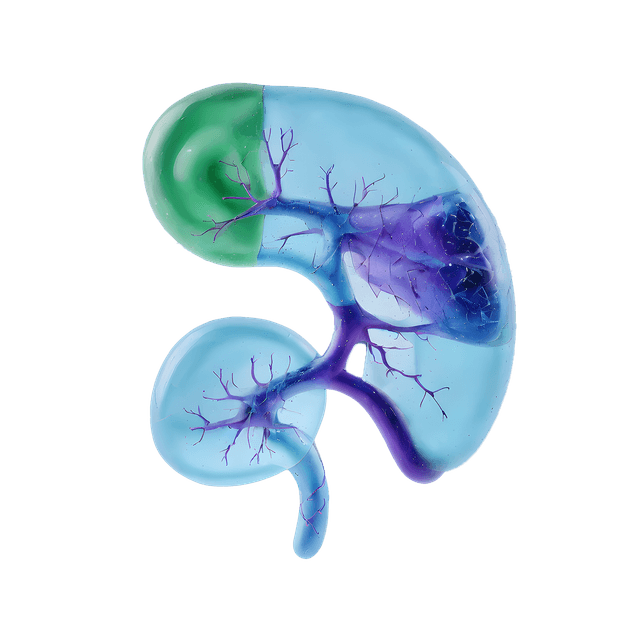Quick version
The S-holotranscobalamin test measures the level of active vitamin B12 in the blood, unlike a standard total B12 test, which also includes inactive forms of the vitamin.
A low holotranscobalamin (holo-TC) level can indicate a deficiency earlier than a drop in total B12, and the test is therefore often used when B12 deficiency is suspected despite normal total values.
What is S-holotranscobalamin?
Holotranscobalamin (HTC) is the active form of vitamin B12 found in the blood — the form that can actually be absorbed and used by the body’s cells. Vitamin B12, or cobalamin, binds to two different proteins when it circulates in the bloodstream:
- Transcobalamin (TC) – binds about 20–30% of B12 and forms holotranscobalamin, the active form of the vitamin.
- Haptocorrin (HC) – binds a large portion of B12, but this form is inactive and cannot be used by the cells. Much of the haptocorrin-bound B12 is eventually taken up by the liver and excreted through bile.
What is the difference between S-holotranscobalamin and total B12?
Total B12 measures both the active and inactive forms of the vitamin, while S-holotranscobalamin specifically shows the amount of active, biologically available B12 in the blood. This means that an S-holotranscobalamin test provides a more direct picture of how much functional B12 the body actually has access to. Active B12 levels tend to drop earlier than total B12, making this test more sensitive and particularly useful for detecting early B12 deficiency.
Why is S-holotranscobalamin tested?
The test is often used to confirm a suspected B12 deficiency, especially when total B12 levels are normal but symptoms suggest a deficiency. It can also be used to:
- Identify early B12 deficiency before total levels decrease.
- Investigate symptoms such as fatigue, dizziness, tingling, memory problems, or low mood.
- Assess B12 status in people with impaired absorption, such as vegetarians/vegans or patients with celiac disease or inflammatory bowel disease.
- Monitor treatment with medications that can affect absorption capacity.
When should I get tested?
An S-holotranscobalamin test may be relevant if you experience:
- Fatigue or persistent tiredness without a clear cause
- Tingling, numbness, or balance problems
- Low mood, irritability, or concentration difficulties
- Paleness, heart palpitations, or shortness of breath
Can S-holotranscobalamin indicate autism?
No, this test is not used to detect or diagnose autism. It only measures the amount of active vitamin B12. Low B12 levels can affect brain and nervous system function, but there are no direct links to neuropsychiatric conditions.






















